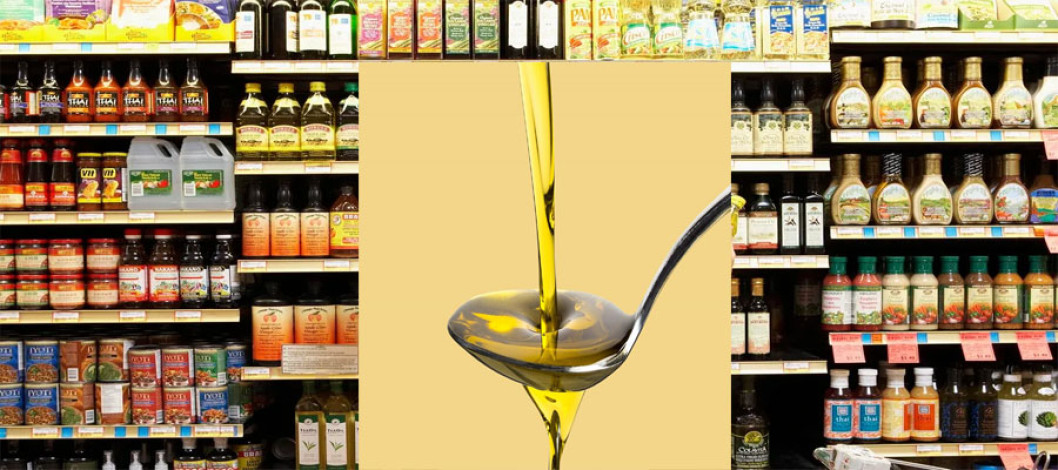
Photo: Collected
When it comes to cooking up a delicious dinner, it's not just about the main ingredients. Your cooking oil also makes a huge difference. While you might be tempted to always reach for the olive oil, choosing the right cooking oil can elevate your food to the next level. If you choose the wrong oil for your dish, it could come out tasting greasy or off.
Here's a little secret: Not all oils are created equal, and using the wrong one is a rookie mistake that can sabotage your entire meal. So, before you decide you're just a bad cook, maybe try swapping out your go-to oil. You'd be surprised how often the right oil is the simple fix your food has been begging for.
Home Tips
The key to choosing the correct one is knowing which oils handle heat best and which are better left raw. High-heat methods like frying or searing call for neutral oils with a higher smoke point, such as canola, avocado, or grapeseed. These options hold up under hotter temperatures and give food a clean, crisp finish.
Olive oil, on the other hand, shines in dressings, sautes, or drizzles, where its rich flavor can stand out without the risk of burning. It can also help enhance proteins and vegetables. Then it's just a matter of deciding between virgin, extra virgin, or refined olive oil.
Some oils also lend moisture to baked goods, while others add nutrition or depth when left uncooked. To clarify things, culinary pros shared their best advice on when to use each oil so you can get the most flavor, texture, and value from every bottle.
Guido Parrati, owner of Parla Come Mangi in Rapallo, Italy, is no stranger to educating others on cooking. In addition to serving an impressively robust assortment of Italian delicacies in his iconic deli, Parrati also hosts seminars, tastings, and showcases of local ingredients.
Beyond flavor profile, Parrati said that the single most important aspect of an oil, at least when used for cooking, is its smoke point. A high smoke point indicates that the product can withstand higher temperatures before it begins to -- you guessed it -- smoke and break down.
This is important to keep in mind for proteins such as red meat that may require more heat and longer cooking times to break through tough exteriors and more fibrous insides. After all, if oil is the lubricating vessel to a perfect sear and/or crunch, you don't want it to completely dissipate before the job's done (or well done, if that's your preference).
Here is a list of the most common oils used for cooking, provided in detail by Parrati (sans olive oil, which gets its own section after the jump). See more.
Source: Online/GFMM
Comment Now